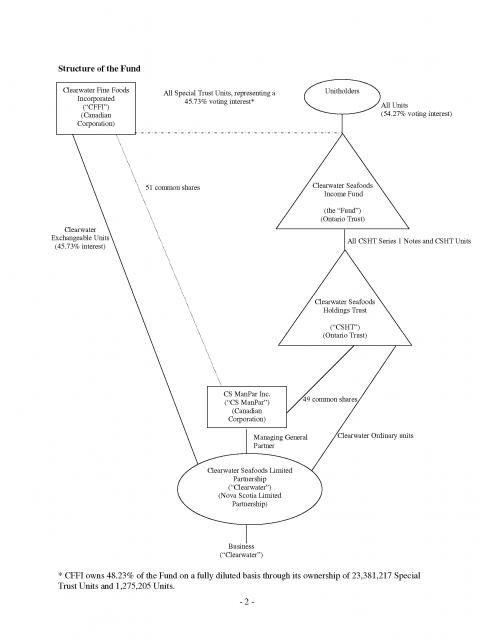The best finance writer on the internet today, in my opinion, is David Merkel. Everything he writes is absolute wisdom that he has accumulated over his experiences and career as an insurance firm asset manager.
His last post on the typical “What should I do?” question that a lot of people (who don’t devote nearly as much time to the marketplace) give is something that I’ve had to deal with quite often.
The true issue is that whenever you start to mix together money and social relationships together, you end up with the potential for lots of trouble. This is why I never wade into the issue of finances in conversations unless if the other side explicitly brings it up and is clearly seeking my opinion on a matter. A few of my friends and colleagues know I write prolifically over the internet, but most do not.
My usual line of conversation, after being asked “the question” (What do I do with my lump sum of accumulated savings that I haven’t earmarked for my mortgage that is collecting dust in the bank account) is me asking a question back, “When do you need the money, and can you suffer, say a 20% loss and still be ‘okay’ about it?”
The typical answer I receive is, “I don’t know. Maybe two years? But I would still like to see the money there, while it would not kill me to lose 20% of it, I still would not like that to happen!”
Whenever I hear this, if this was my money with a similar risk profile, I’d probably spread it around some relatively safe convertible debentures that are due to mature in a couple years. Doing a cursory scan of the Canadian market you have about a 5% yield to maturity on decent 2-year term corporate issues out there, and going up to about 7% depending on what your definition of “relatively safe” is.
On Merkel’s post, he states:
I say to my friends asking advice, “Remember, I am your friend. I will take no money, but I won’t hold your hand and guide you either. I will give you very basic advice, and it is up to you to learn and implement it.” I don’t want to be a financial planner, but I don’t want to leave friends in a lurch.
Recommending debentures to others requires them to do quite a bit of homework (at a very minimum, fishing for prospectuses on SEDAR). It also requires them to deal with financial instruments that are quite unlike what they have previously been exposed to (at most, buying and selling common shares). There is little chance of this (them researching prospectuses, getting a ballpark valuation and doing the transaction) happening. Not helping either is that with most brokerage firms in Canada, they charge an arm and a leg to trade debentures.
So as a result, instead what I end up saying is, “Get a 2-year GIC. I believe [a CDIC-insured financial entity] has a 2-year GIC going on at a rate of 2.4%, which is a good market rate compared to other institutions. Even if you go to [big known Canadian bank], you can get about 2% which is not bad either.”
The usual response back, “But Sacha, 2.0-2.4% is NOTHING! Can’t I get a higher return on my money?”.
Then I just say, “Yes, you can probably get more, but this means taking more risk, and means taking a lot more time to follow and know the market you are talking about getting into. At least with the GIC, your money will be there for another day, and if you get more comfortable with investing, you can use that money. It is better earning zero return on your money than a negative return. If you really, really want to gamble, take 10% of your money and put it in a brokerage account where you can trade around and likely lose it – you can consider this as a form of tuition.”
By this point their eyes glaze over, they say thank you, and then the conversation goes to something else. After a few months, you usually end up discovering they invested the money in some sort of “balanced” mutual fund that charges a 2.5% management expense ratio and posted good 2-year past performance numbers strictly due to the fact that everything has gone up between then and now, especially in the fixed income world. You know that they will lose money in the future, but there is nothing you could or should do other than just smile and move on to a different topic.
